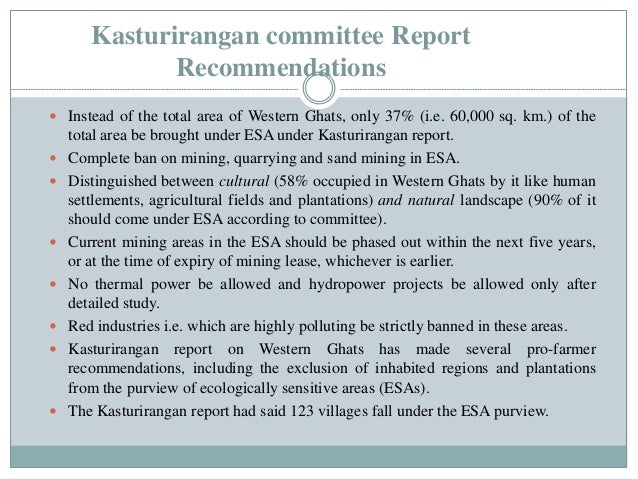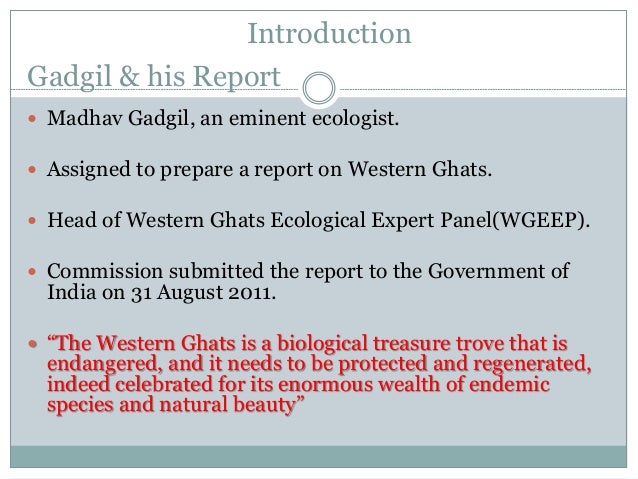Relevance: Prelims: Environment
CONSERVATION HOTSPOT
- Called ‘The Great Escarpment of India’, Western Ghats or Sahyadri run parallel to the west coast of Indian peninsula through six states.
- A UNESCO World Heritage Site as well as a Biodiversity Hotspot due to the presence of a large number of endemic flora and fauna species along with several undiscovered species.
- Home to a large number of tribes such as Adars, Kotas, Badagas, Todas, Kurumbas, and Paniyas etc.
- The Government of India has established many protected areas including 2 biosphere reserves, 13 National parks to restrict human access to protect specific endangered species.
- They form the western edge of the Deccan tableland.
- Spread: Run from the Tapi valley (21° N latitude) to a little north of Kannyakumari (11° N latitude) for a distance of 1,600 km. Spread across states Gujarat, Maharastra, Goa, Karnataka, Kerala and Tamil Nadu.

MAJOR SECTIONS OF WESTERN GHATS
NORTHERN SECTION
- From Tapi valley to a little north of Goa is made of horizontal sheets of Deccan lavas (Deccan Traps).
- The average height of this section of the Ghats is 1,200 m above mean sea level, but some peaks attain more heights.
- Kalasubai (1,646 m) near Igatpuri, Salher (1,567 m) about 90
km north of Nasik, Mahabaleshwar (1,438 m) and Harishchandragarh (1,424 m) are important peaks.
- Thalghat and Bhorghat are important passes which provide passage by road and rail between the Konkan Plains in the west and the Deccan Plateau in the east.

MIDDLE SAHYADRI
- From 16°N latitude upto Nilgiri hills.
- This part is made of granites and gneisses.
- This area is covered with dense forests.
- The western scarp is considerably dissected by headward erosion of the west flowing streams.
- The average height is 1200 m but many peaks exceed 1500m.
- The Vavul Mala (2,339 m), the Kudremukh (1,892 m) and Pashpagiri (1,714m) are important peaks. The Nilgiri Hills which join the Sahyadris near the tri-junction of Karnataka, Kerala and TN, rise abruptly to over 2,000 m. They mark the junction of the Western Ghats with Eastern Ghats. Doda Betta (2,637 m) and Makurti (2,554 m) are important peaks of this area.
SOUTHERN PART
- The southern part of the Western Ghats is separated from the main Sahyadri range by Pal ghat Gap [Palakkad Gap].
The high ranges terminate abruptly on either side of this gap.
- Pal ghat Gap is a rift valley.
- This gap is used by a number of roads and railway lines to connect the plains of Tamil Nadu with the coastal plain of Kerala. It is through this gap that moist-bearing clouds of the south-west monsoon can penetrate some distance inland, bringing rain to Mysore region. South of the Palghat Gap there is an intricate system of steep and rugged slopes on both the eastern and western sides of the Ghats.
- Anaimudi (2,695 m) is the highest peak in the whole of southern India.
- Three ranges radiate in different directions from Anaimudi. These ranges are the Anamalai (1800-2000 m) to the north, the Palani (900-1,200 m) to the north-east and the Cardamom Hills or the Ealaimalai to the south.
For more such notes, Articles, News & Views Join our Telegram Channel.
Click the link below to see the details about the UPSC –Civils courses offered by Triumph IAS. https://triumphias.com/pages-all-courses.php


